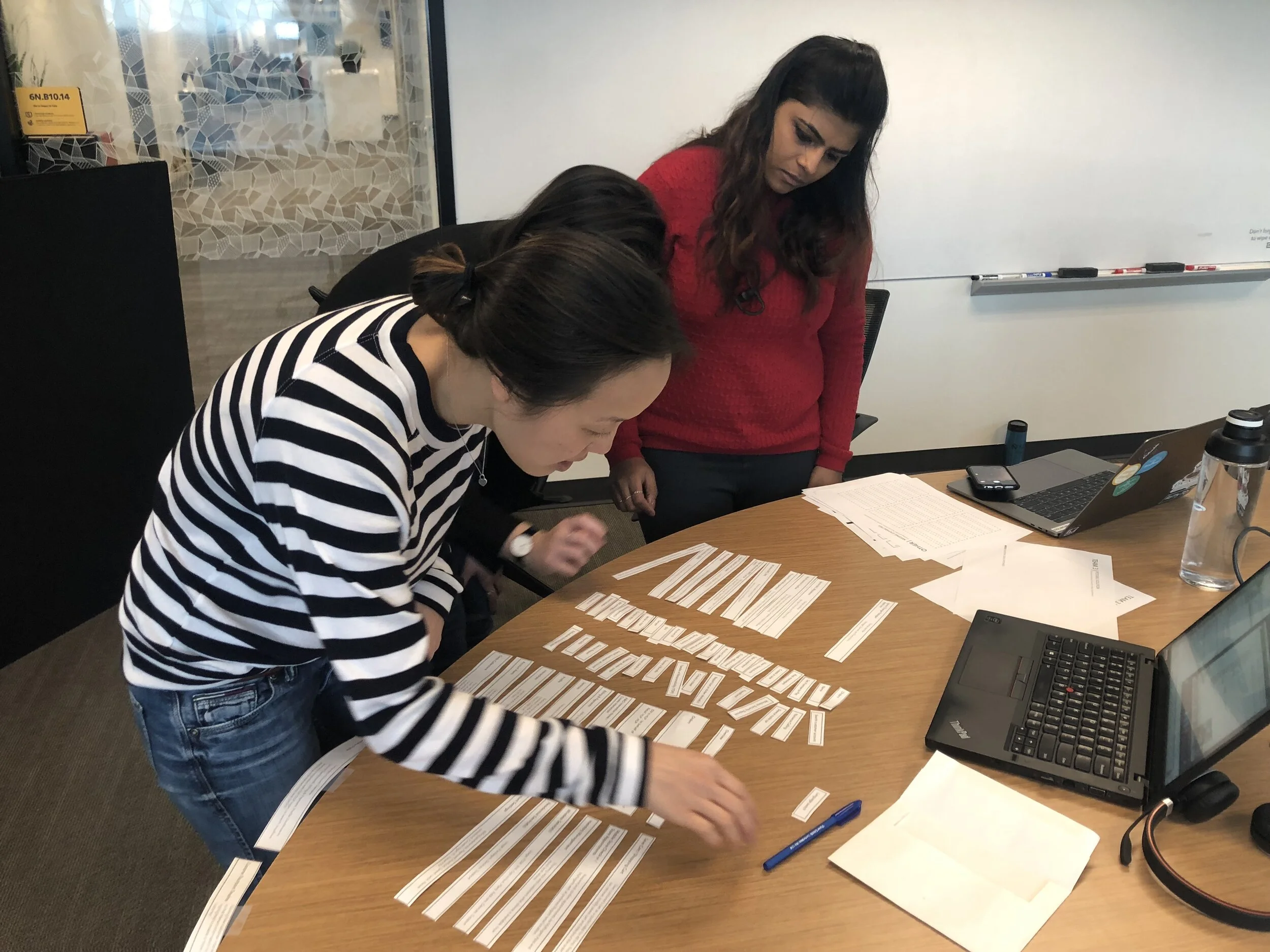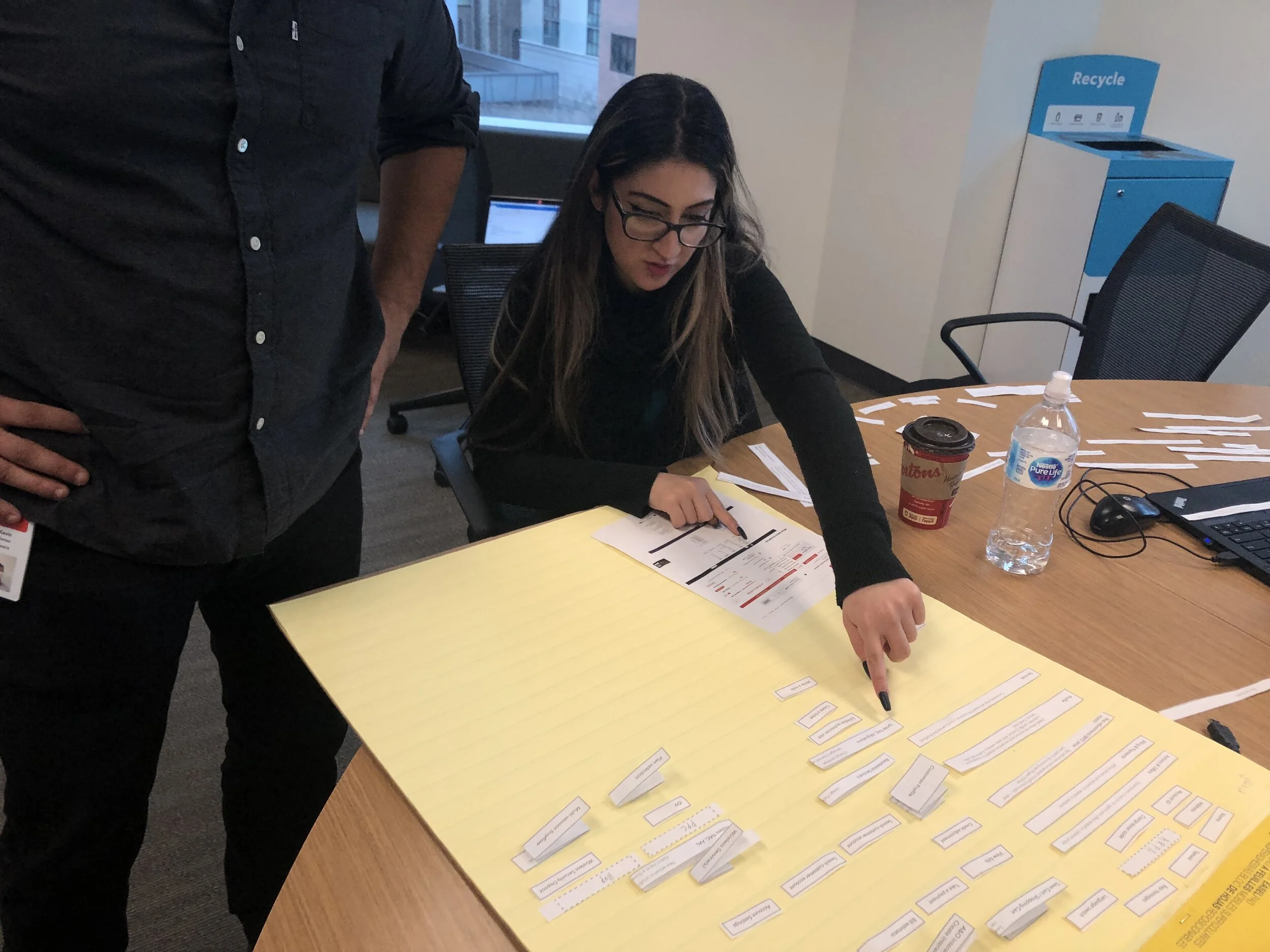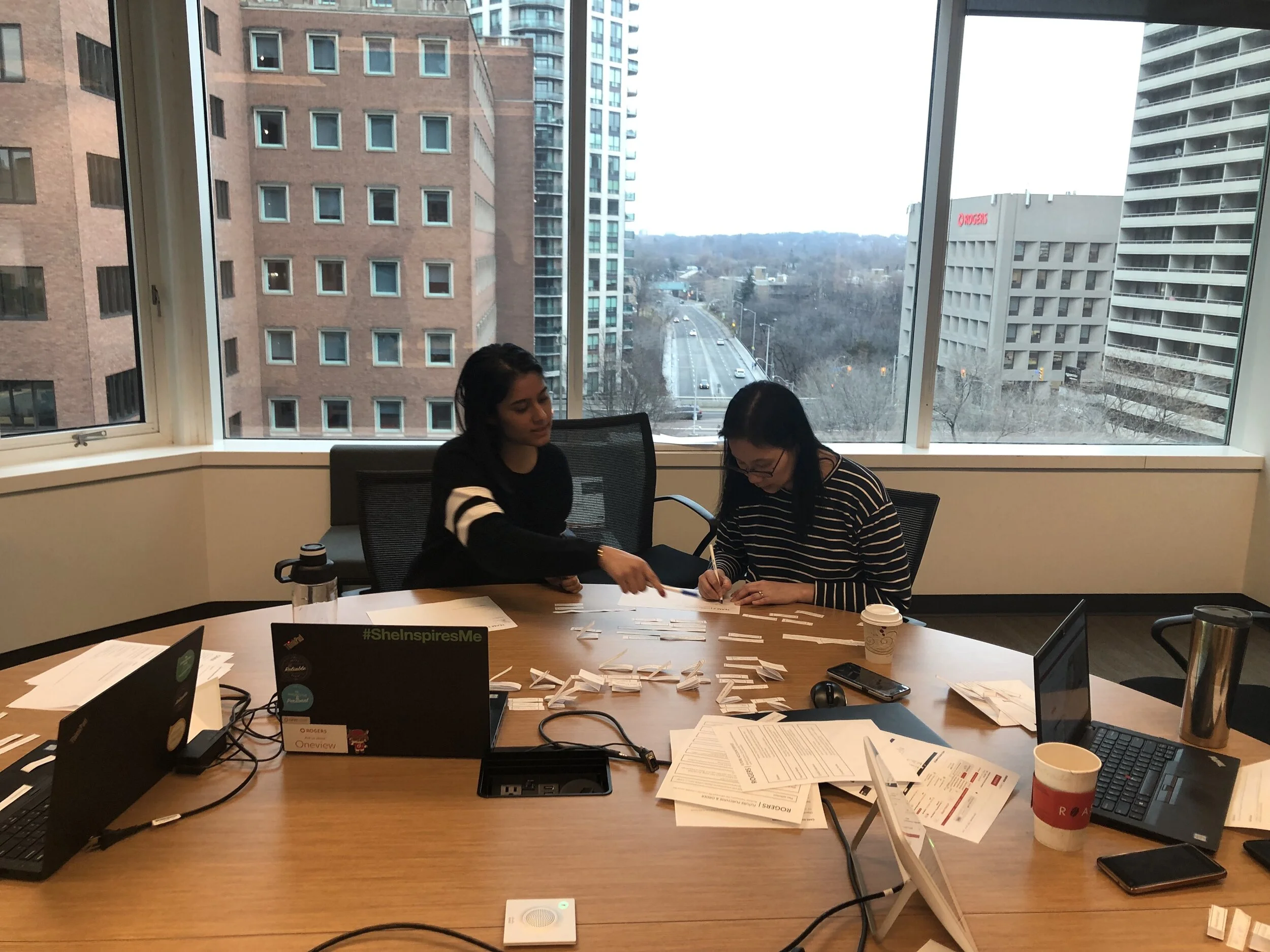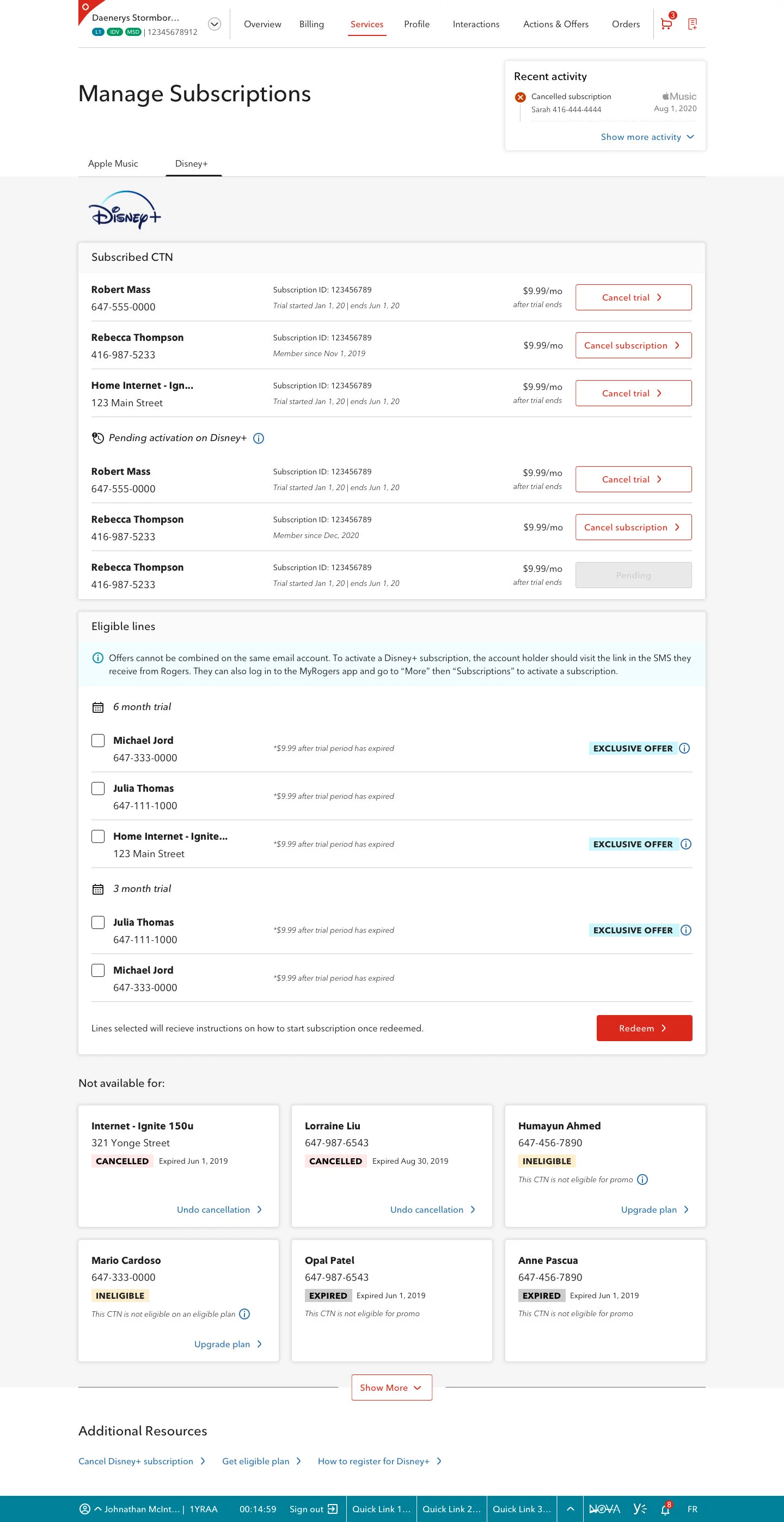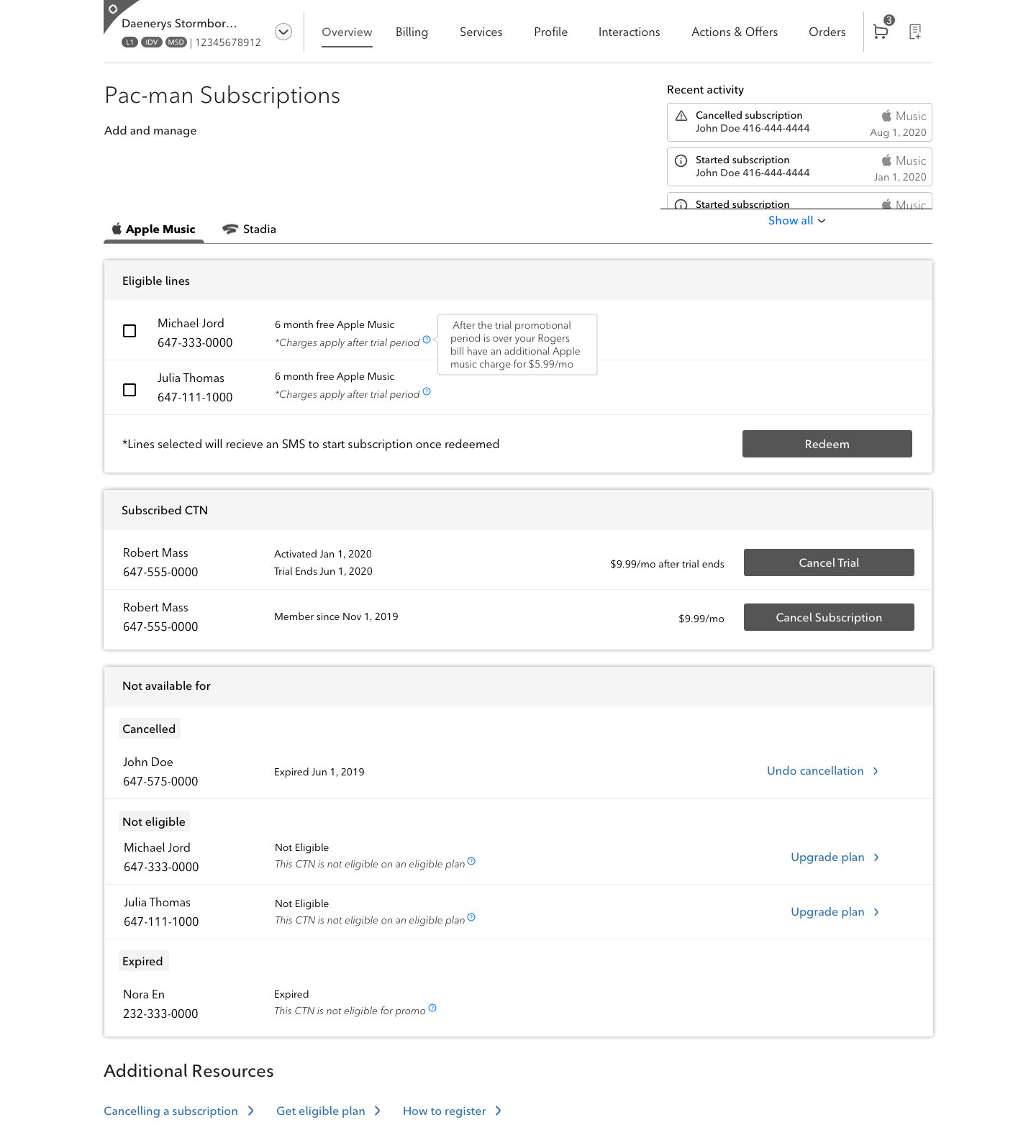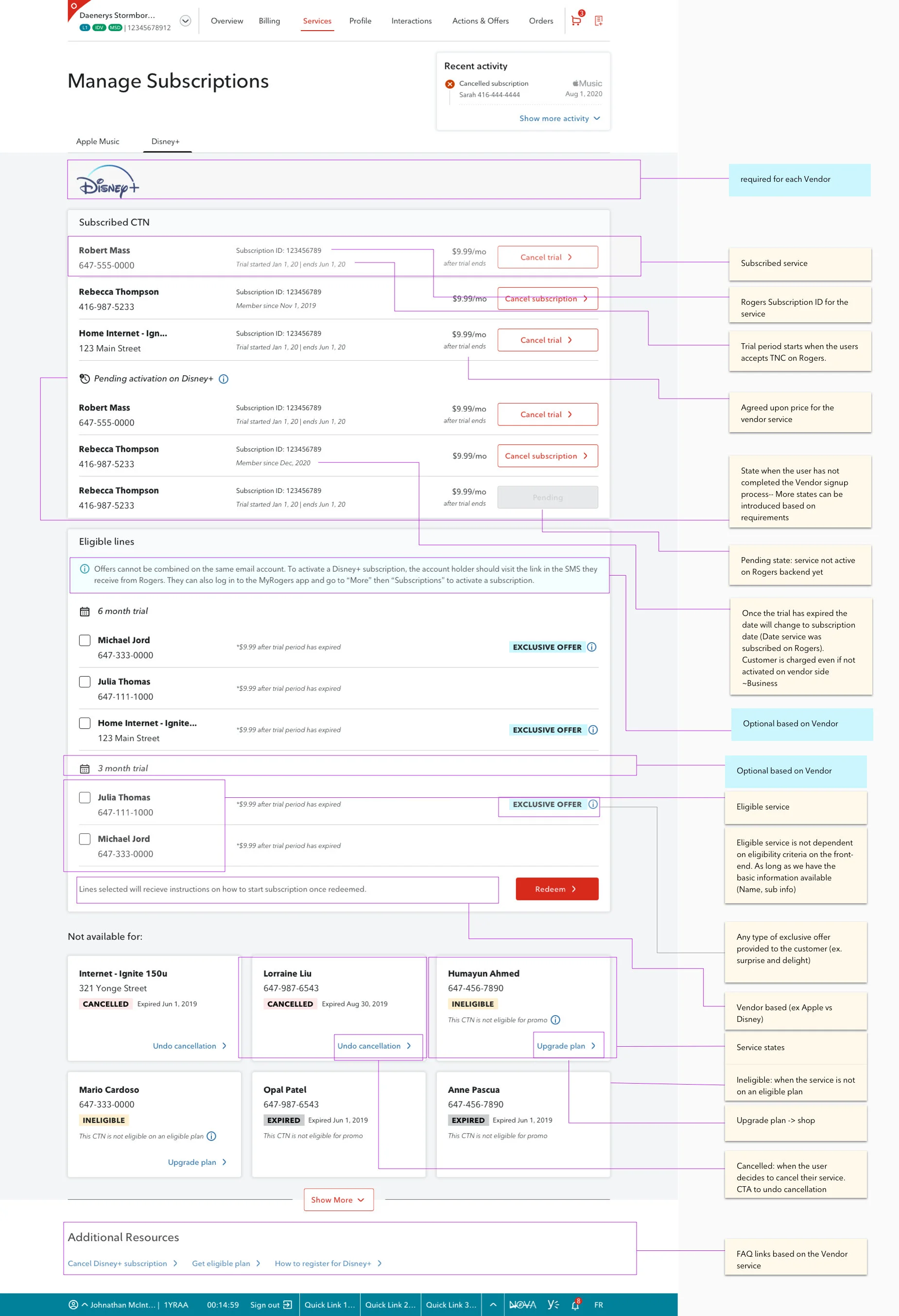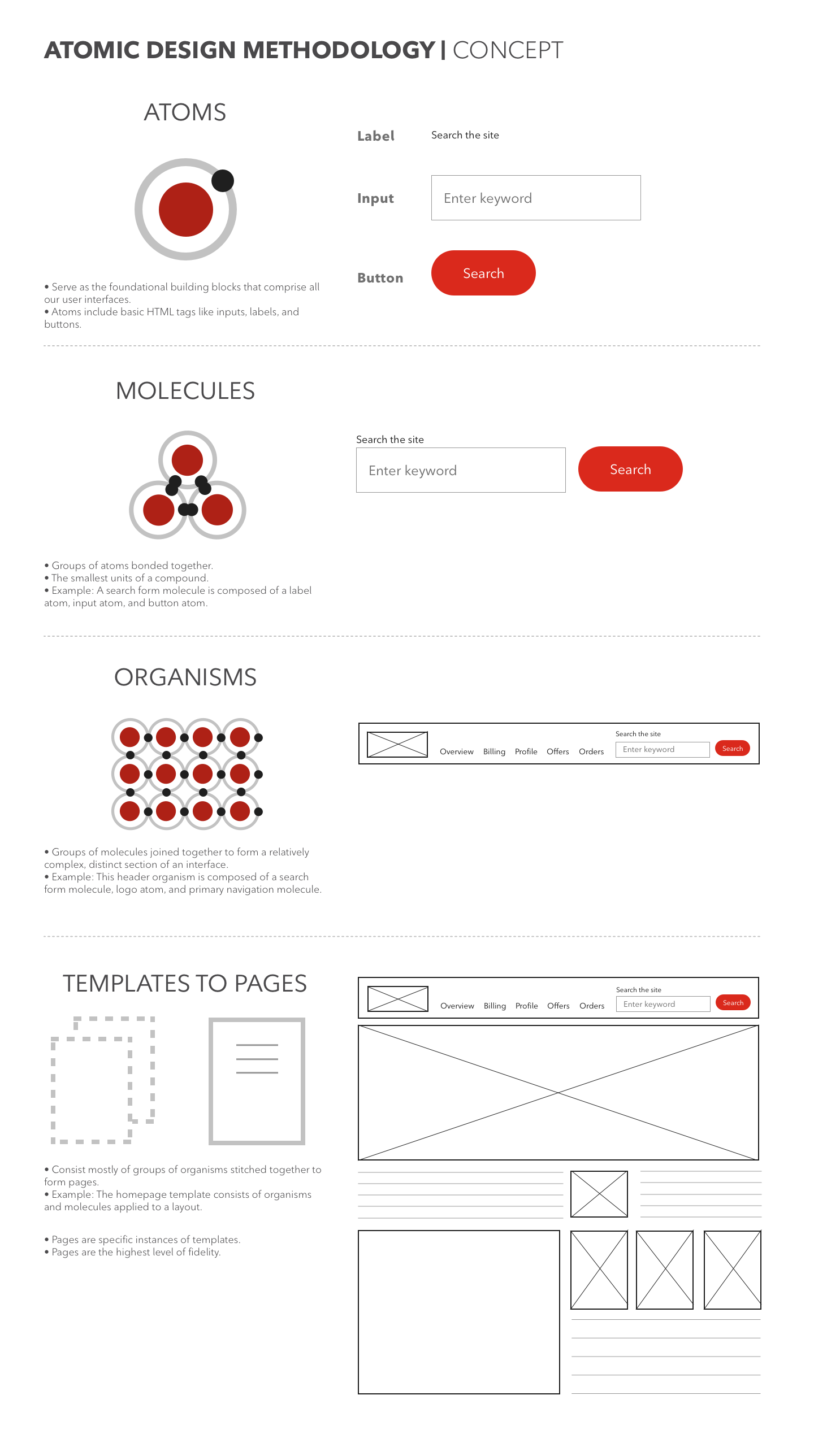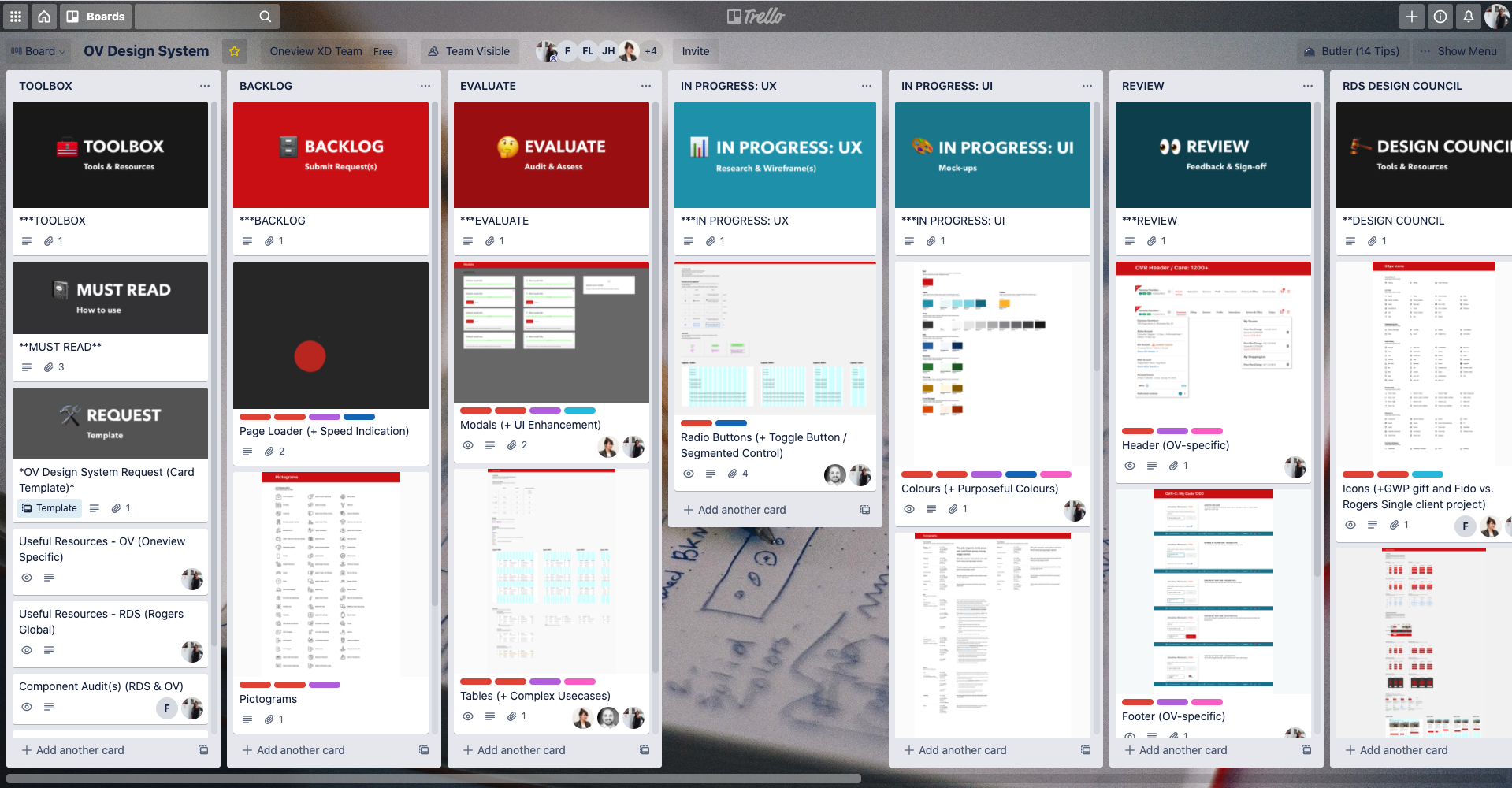Rogers Oneview
Product Design | Rogers (Oneview) | 2018 - 2021
Intuitive and simplified tool for Rogers call centre agents and retail store employees to serve customers as efficiently as possible.
OneView is a platform that will eventually replace all Rogers legacy tools (20+ tools) by integrating all rep needs into one system.
"Design enterprise software platform that improves user experience and increases efficiency (and therefore, saves time and money)."
Throughout my journey on the Oneview team as a User Experience Design Lead, I was on a small team of three, which grew to eight members. On this team, I worked on both UX and UI, future strategy/planning, and created the OneView local design system, which included all of the rep-specific OneView assets based on the main Rogers Design system.
Paint points:
20+ legacy tools that agents have to click through in order to serve customers since there isn’t one platform that can fulfill all of their needs.
Sometimes they even need to use Google to find information they need.
Objectives:
Improve user experience & increase efficiency (time saved in seconds = millions of dollars saved).
Audit existing system and uplift.
Design consistent flows with minimal friction.
Fix accessibility issues.
Build and maintain design system.
Major Milestones:
Created and continue to lead the design system for OneView Rogers & Fido (helping to uplift existing system).
New feature implementation: audit existing, find gaps, fill in the gaps to integrate all legacy systems.
Conceptualization for the Future: a unified super-tool that helps reps serve customers 10x faster.
Research & Data: Conducted user interviews and collected user feedback (internally using cart sorting, site visits/shadowing) which helped the team make better customer-centric design decisions.
Overview Now vs. Future Redesign
The current agent desktop
20+ legacy tools

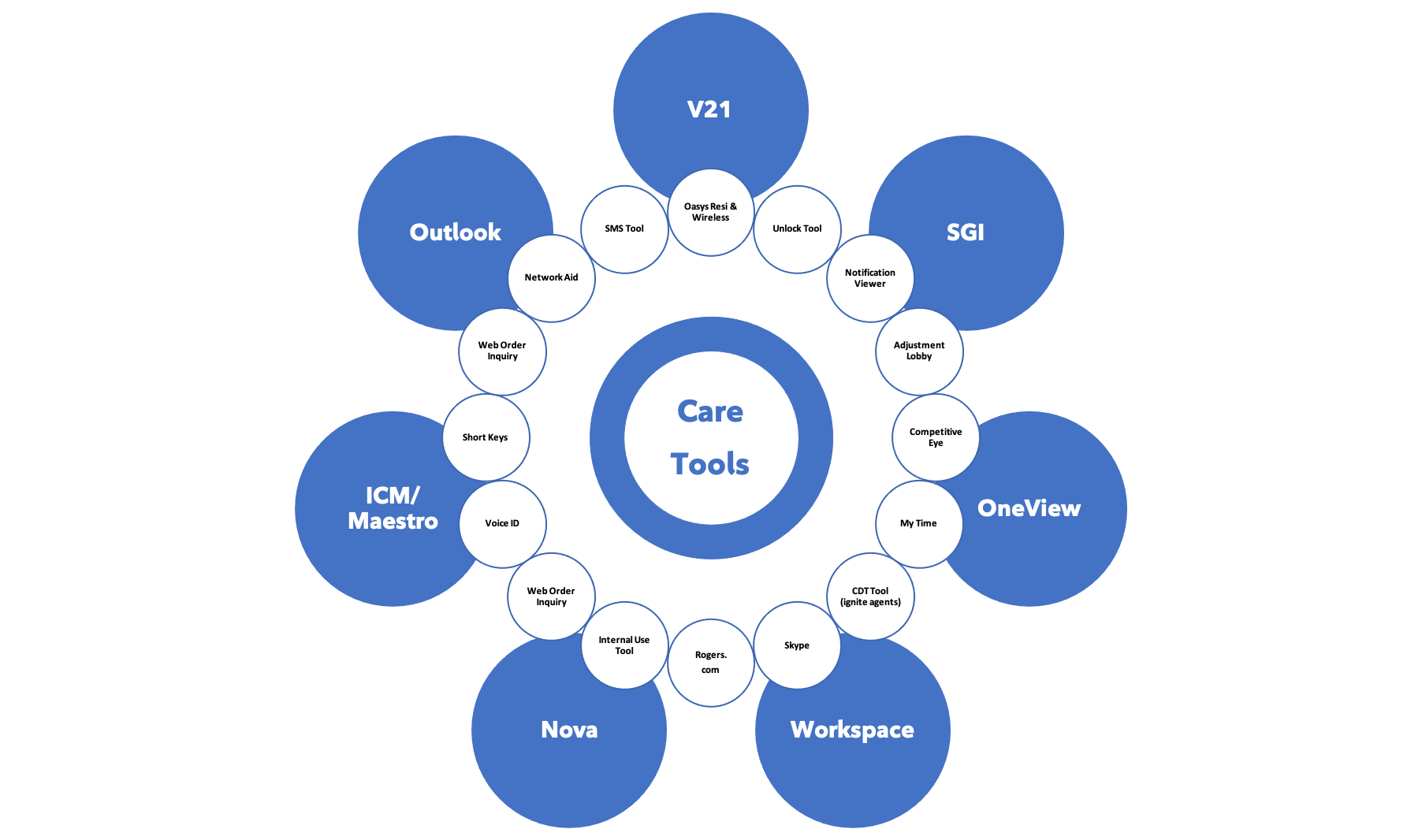
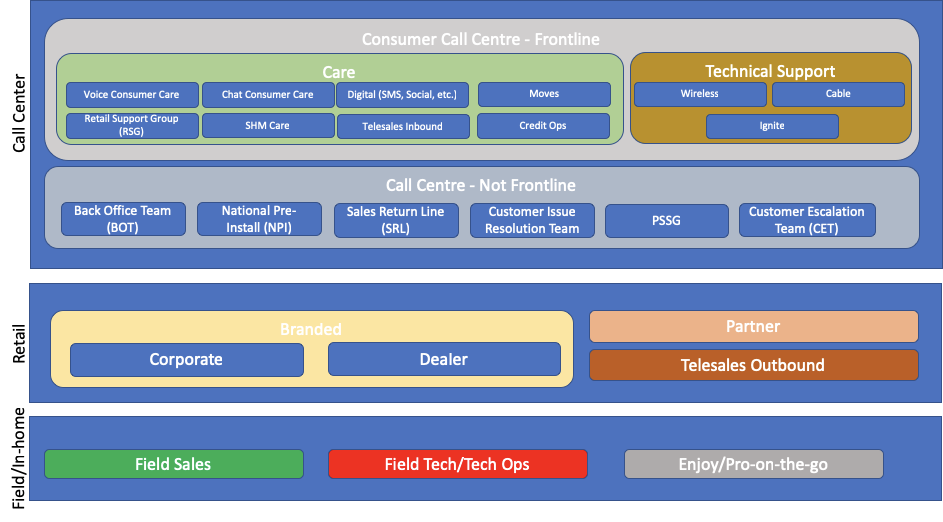
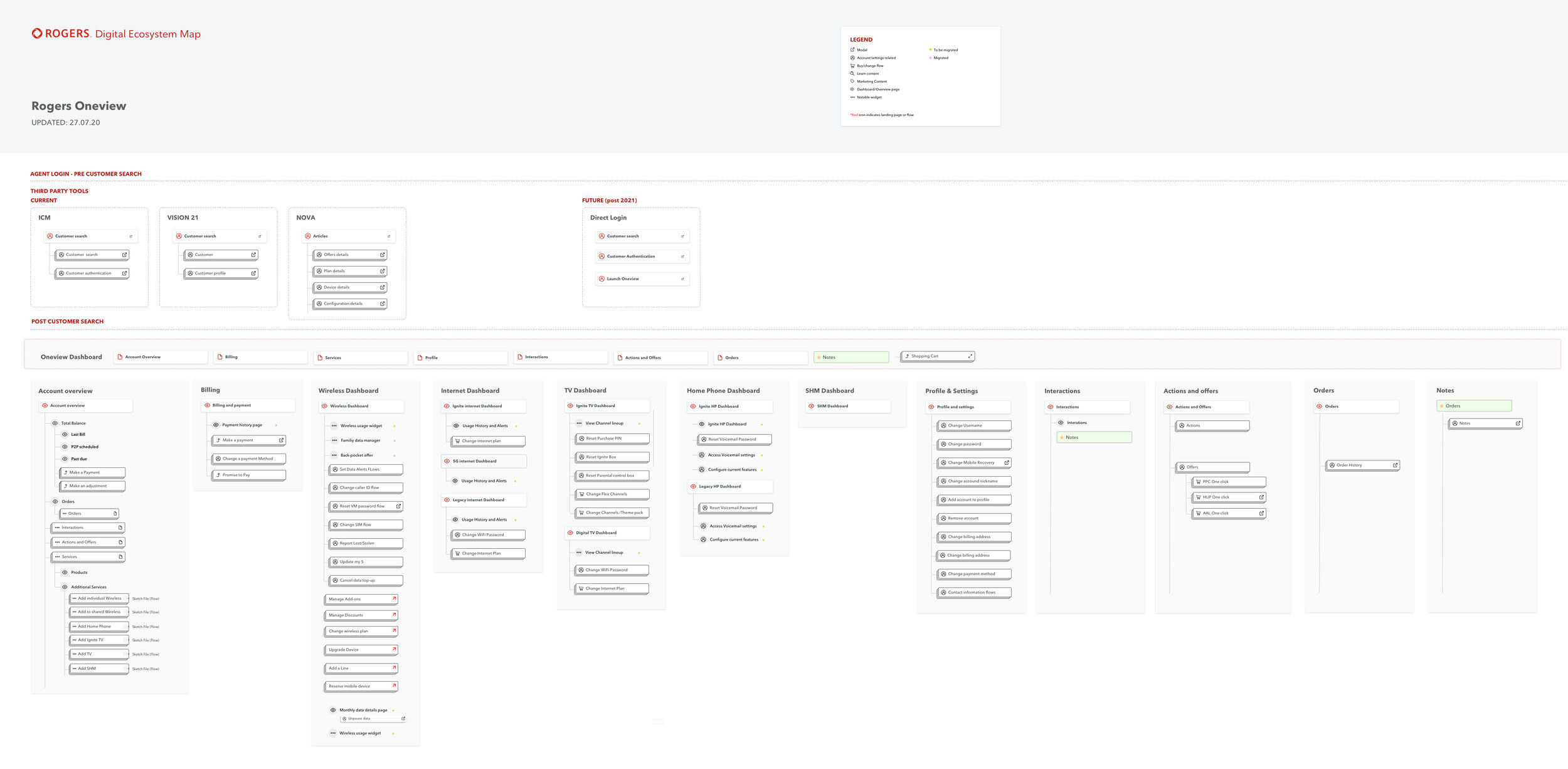





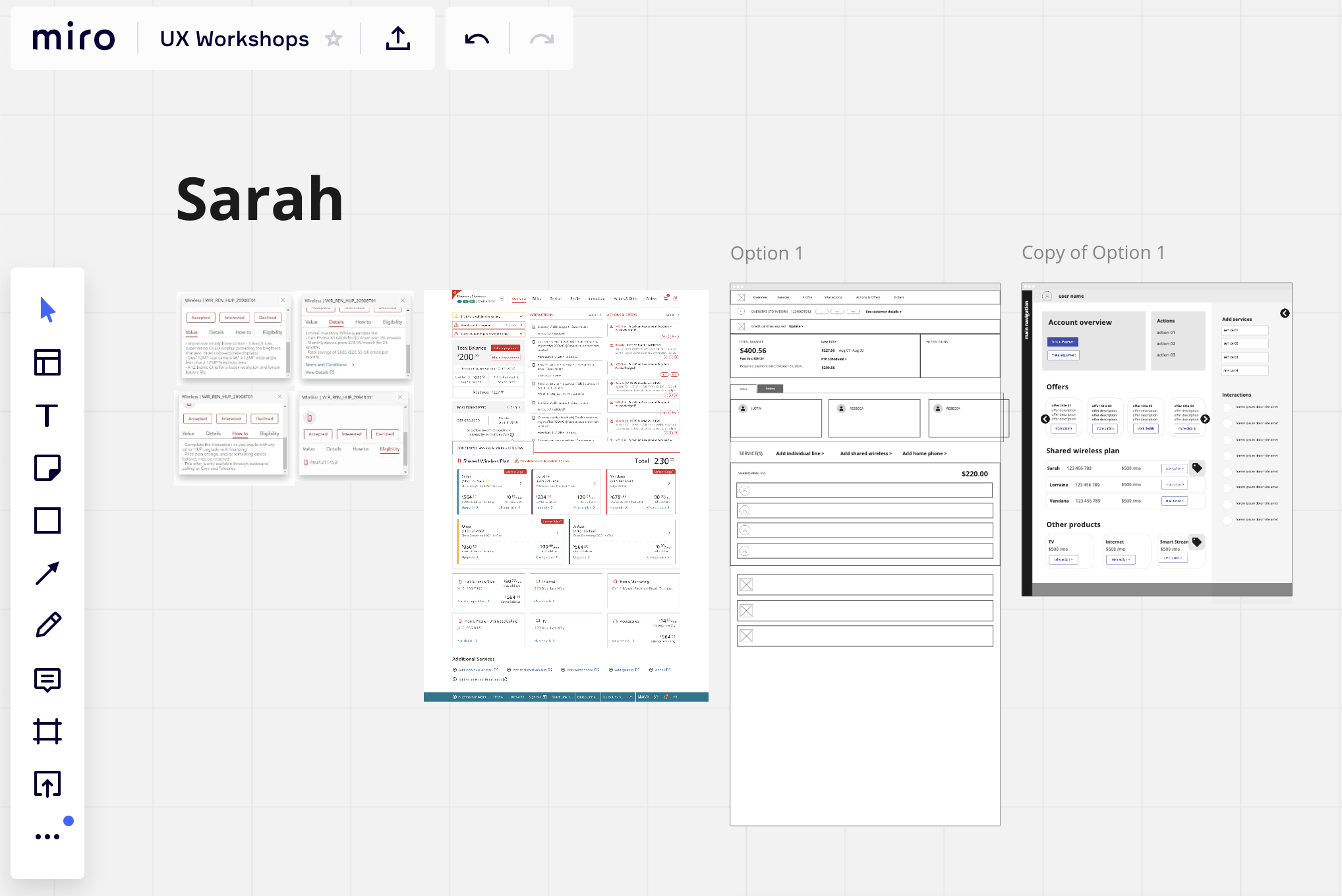
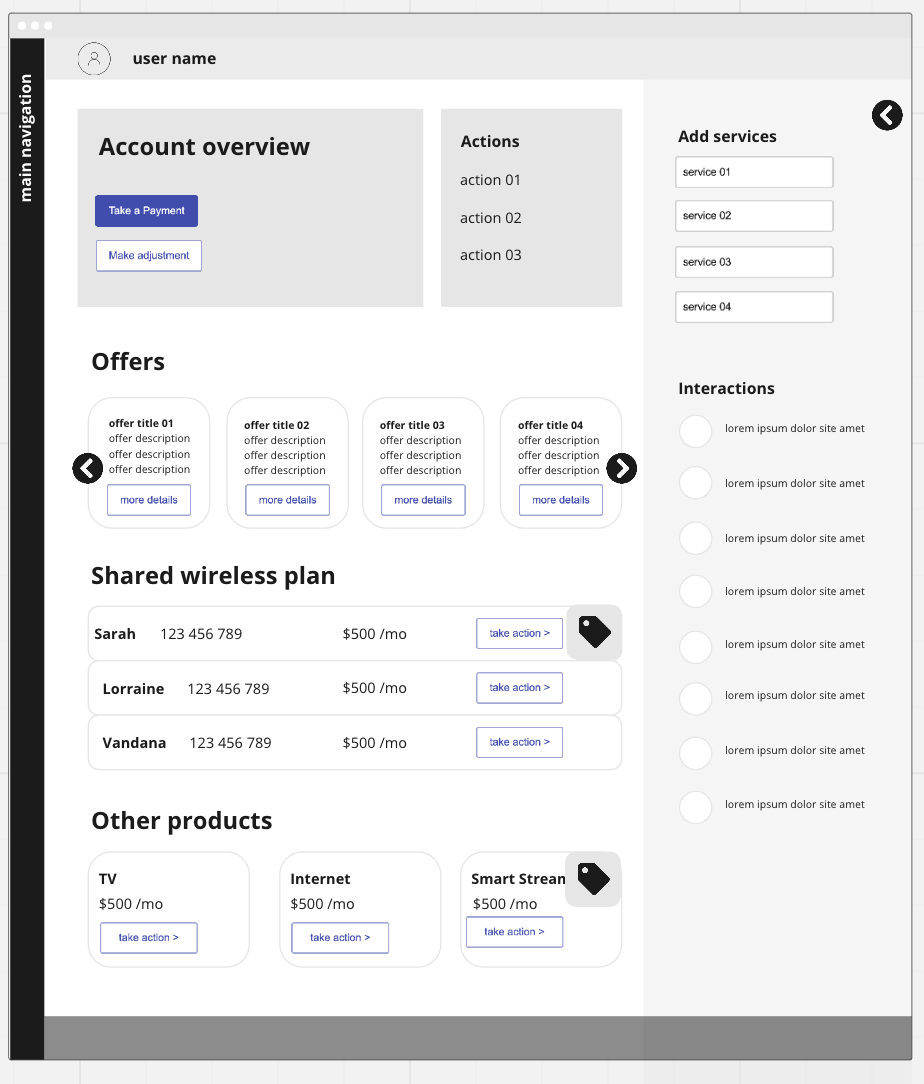







Vendor Service Subscriptions Framework
For this project, I worked with a small design team and numerous stakeholders to create the page and flow for our Care (Call Centre) and Retail store reps to add vendor third party subscription services to customers’ accounts. I also worked closely on the customer-facing page where customers were able to self-serve and activate their own subscription service.
Design Systems & Operations
Creating and leading the design system for OneView has been no easy feat. We have a Design Systems team but there are numerous lines of business which all have unique needs and create their own application components in local team-specific libraries. When we build local team-specific components we ensure that they align with the global design system atomic level assets/DNA, then create based on our needs/use case (only if the global component cannot be used and/or if the user experience will be affected if we don’t create something new).
1. Your design system is only as strong as your brand values & philosophy. Study your brand like an ethnographer (dig through archives and collects bits and pieces like DNA - grammar of design language) and decide on a set of principles and success criteria (what it should look, sound, think, perform like).
2. Your design system is only as strong as your relationships with teams who use it. Create a set of values to help people move forward thoughtfully.
3. Your design system is only as strong as your understanding of the context where it lives. Think of design systems not only as what we make but by which is affected by what we make (the ecosystem). Always design a thing by considering it in its next larger context - a chair in a room, a room in a house, a house in an environment, an environment in a city plan.
4. Consistency in the absence of good design leads to consistently undesirable outcomes. Unity not uniformity.
“Unity not uniformity.”
Source: Atomic Design
Audit & Align
The mission is to align all lines of business (Self serve, R4B, App etc.) as much as possible. Both Rogers & Fido reps use the same systems so it is important to create a consistent experience and fill in the gaps and/or deltas where they exist between the two in order to reduce the learning curve. In the future, the platform will be more white label with specific branding applied rather than two separate design streams.







